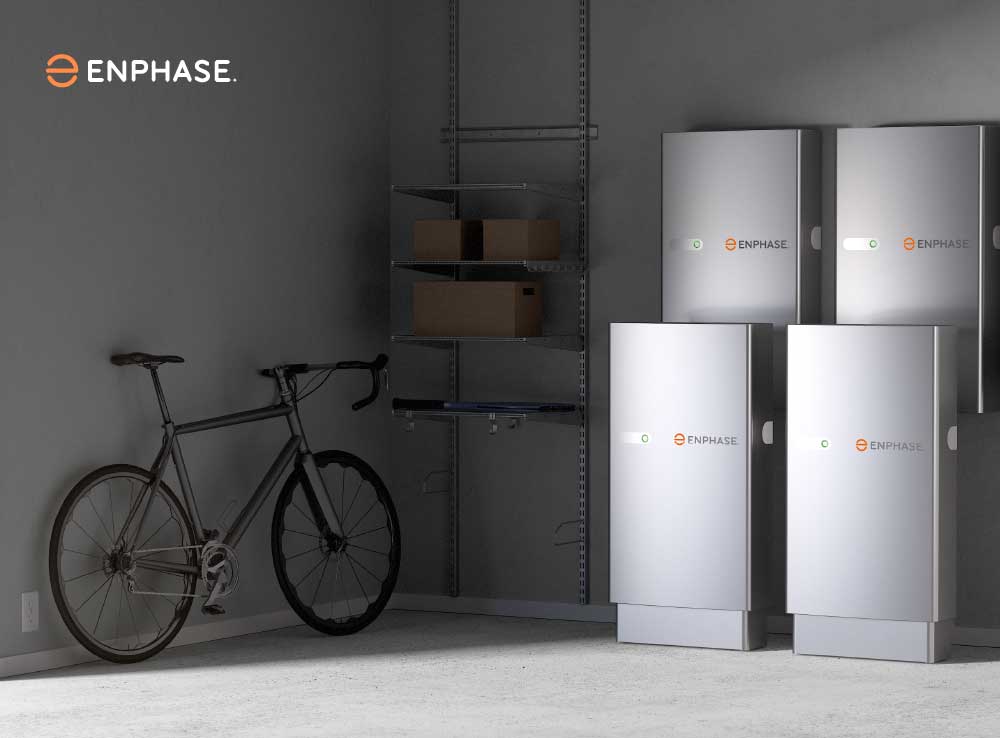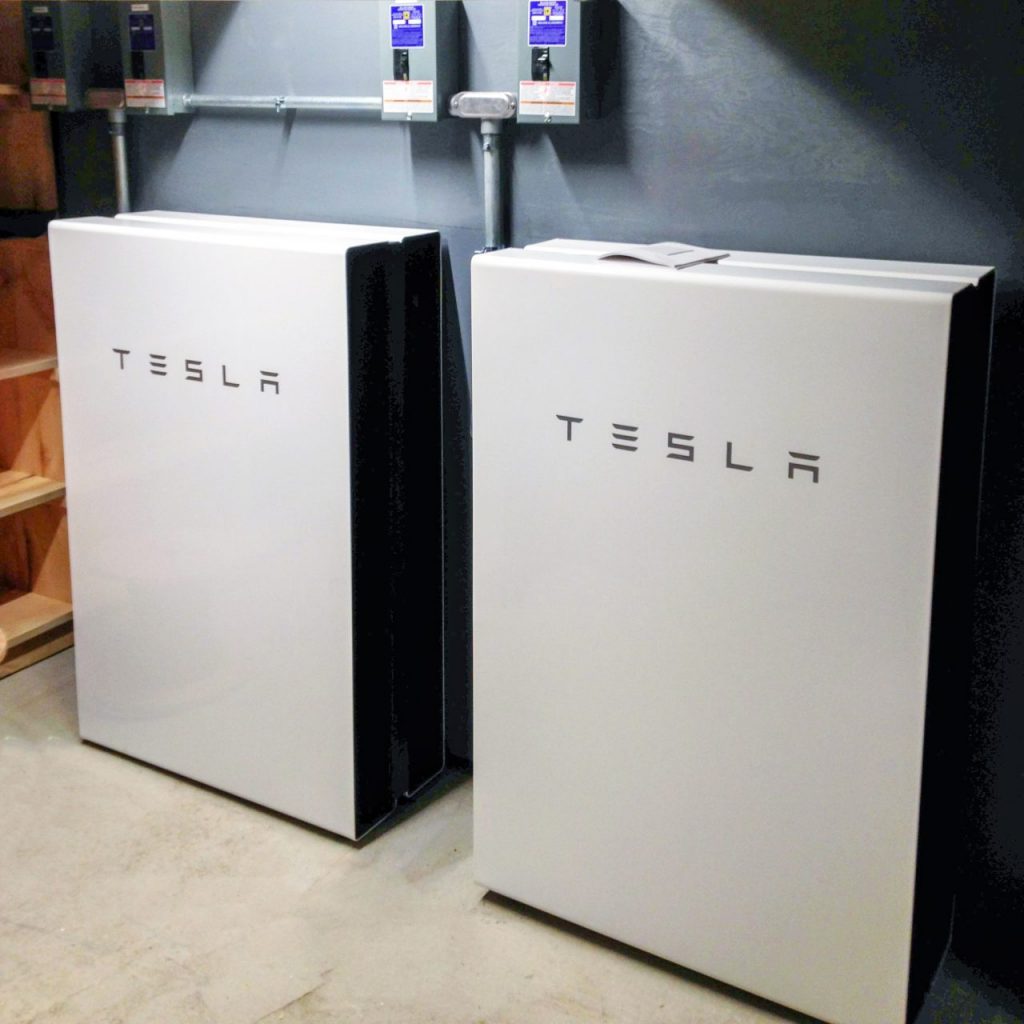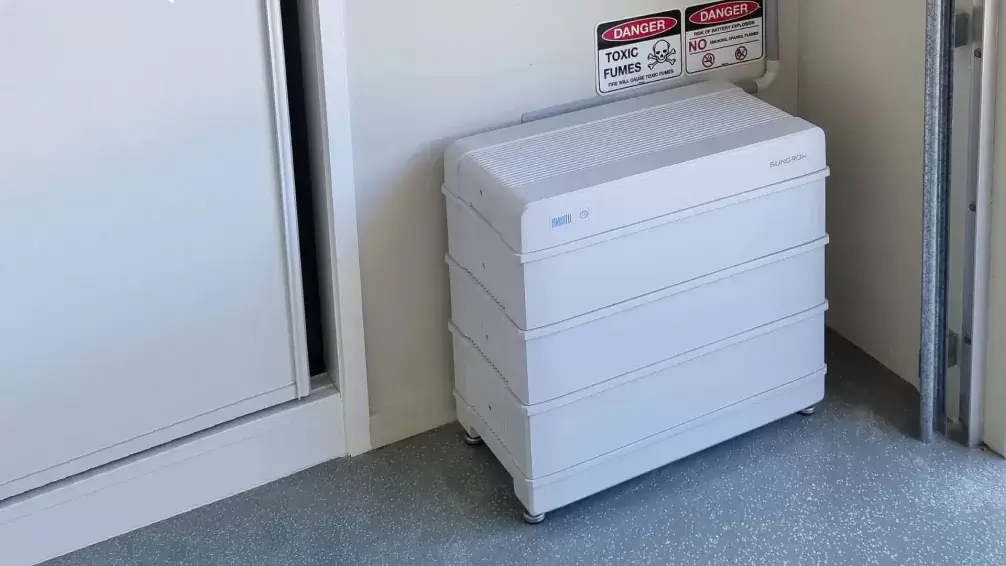Last update June 10th, 2025 at 11:24 am

With electricity prices up 20% in NSW and Queensland since 2023, a solar battery is a smart upgrade for Australia’s 4 million solar homes. The federal Cheaper Home Batteries Program slashes costs, making now the perfect time to invest. This guide covers everything you need to know about solar batteries Australia 2025: costs, paybacks, brands, rebates, savings, blackout protection, space needs, installation, chemistry, safety, and lifespan. Let’s dive in!
What Do Solar Batteries Cost?
Solar battery prices range from $870–$2,060 per kWh, with a 10 kWh system costing $7,000–$12,000 installed. For example:
- Tesla Powerwall 3 (13.5 kWh): ~$11,500 pre-rebate.
- Sungrow SBR HV (12.8 kWh): ~$9,500.
- Sigenergy SigenStor (13 kWh): ~$11,500.
Installation adds $1,500–$3,500, depending on wiring or fireproofing needs. Payback periods average 6–8 years with rebates. Larger systems (10+ kWh) offer better value, with costs as low as $440/kWh for 25.6 kWh batteries.

Can I Get a Rebate?
Yes! The federal battery rebate, starting July 1, 2025, offers ~$370/kWh, saving $3,300–$4,320 on a 10–13 kWh battery. State incentives are also available:
- NSW: $1,600–$2,400 + $434 VPP payments.
- Victoria: $2,950 interest-free loans.
- WA: Up to $7,500.
Rebates cut costs by 30%, making batteries viable for most solar homes. Check out our Battery Rebate Calculator for tailored savings.
How Much Can I Save on My Power Bill?
Batteries save $1,000–$2,300 yearly by storing daytime solar for nighttime use, avoiding peak rates (40–65 cents/kWh at 5–8 PM). For example, a Sydney home with a 6.6 kW solar system and 10 kWh battery is able to cut bills at around $550 per quarter. Joining a Virtual Power Plant (VPP) like Amber Electric’s SmartShift adds more savings annually. Time-of-use tariffs boost savings by using stored energy during peak periods, reducing grid reliance.

Which Brands Are Best? A Comparison
In 2025, here are some of the top battery brands:
- Tesla Powerwall 3 (13.5 kWh, $11,500): Reliable, VPP-compatible, 10-year warranty. Great for blackout protection.
- Sungrow SBR HV (12.8 kWh, $9,500): Affordable, modular, 10-year warranty. Great value.
- Sigenergy SigenStor (13 kWh, $11,500): All-in-one with EV charger option, 10-year warranty. Innovative.
- BYD Premium LVS (12 kWh, $9,000): Fronius-compatible, cobalt-free, 10-year warranty. Reliable..
Can I Get Blackout Protection?
Most batteries, like Tesla Powerwall and Sungrow, offer solar battery blackout protection, powering essentials (fridges, lights) for 12–24 hours with a 10 kWh battery. Setup costs $1,500–$3,500 extra for emergency circuits. Not all batteries support backup, so confirm with installers. Larger batteries (10+ kWh) ensure longer outage coverage.
Space Requirements and Installation
Batteries are compact, with a 10 kWh unit (e.g., Tesla Powerwall) measuring ~1.5m x 1m x 0.2m, fitting in a garage or on an external wall. Outdoor installation is common due to safety standards (AS/NZ5139), requiring 1m clearance and fireproof backing. Indoor installation is possible in well-ventilated spaces like garages. Sigenergy’s 48 kWh SigenStor needs 2m vertical clearance under eaves.

Battery Chemistry and Safety
Common chemistries include:
- Lithium Iron Phosphate (LiFePO4): Safer, lower fire risk, 10–15 year lifespan, used by Sungrow, BYD.
- Lithium Nickel Manganese Cobalt (NMC): Higher energy density, less safe, used by some LG Chem models.
- Lithium Titanate: Long lifespan (20 years, 22,000 cycles), rare, used by Zenaji.
Are batteries dangerous? Fires are rare but possible. LiFePO4 is safest, with strict installation rules (outdoor, fire shielding) minimizing risks.
How Long Do Batteries Last?
Solar batteries last 10–15 years or 3,600–10,000 cycles, assuming one cycle daily. Warranties guarantee 70–80% capacity retention after 10 years. LiFePO4 batteries (Sungrow, BYD) average 10–12 years, while Zenaji’s lithium titanate lasts 20 years. Capacity fades ~2% yearly, so larger batteries (10+ kWh) maintain performance longer.
Why Act in 2025?
With solar batteries Australia 2025, rebates, VPPs, and rising grid costs make batteries a no-brainer. Save $1,000–$2,300 yearly, gain blackout protection, and reduce emissions. Get three quotes to compare prices and rebates. Use our Battery Size Calculator to match your usage.